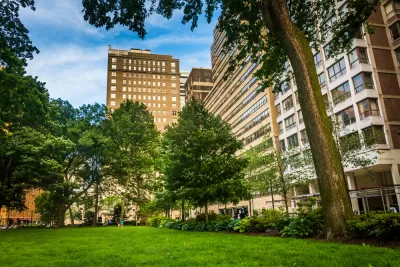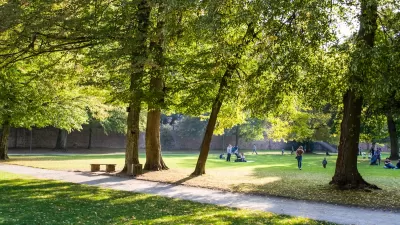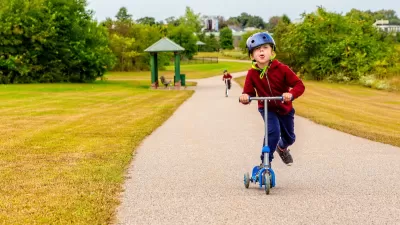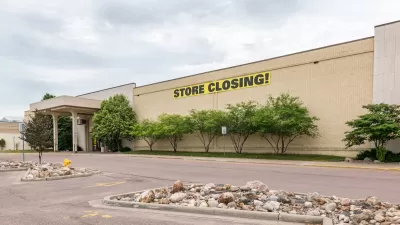The 2022 ParkScore finds that cities are increasingly employing green space as a tool for mitigating heat and extreme weather effects, but the distribution of parks remains inequitable.

A blog post from the Trust for Public Land outlines the importance of urban parks in slowing and mitigating the effects of climate change. “Many American cities have committed to slashing carbon emissions. Increasingly, they are also trying to make themselves more resilient, adapting streetscapes and green spaces to counter the worst effects of extreme heat and violent storms.” The blog calls parks a vital component of this effort. “Green space has the power to lower air temperature and absorb floodwater and can be designed in a way that enhances those benefits. That’s especially important for disadvantaged communities, whose vulnerable populations are most at risk as the Earth warms.”
The blog highlights key findings of their 2022 ParkScore® index, including that “Eighty-five percent of cities are adapting parks and recreation facilities to address climate change” and “Seventy-seven percent are enlisting parks to counter urban heat.”
The analysis also uncovered inequities in park distribution. “Our analysis found that the neighborhoods where most residents identify as people of color have access to an average of 43 percent less park acreage than mostly white neighborhoods.”
The blog concludes that more investment is needed to combat climate change and protect the most vulnerable communities. “Congress, state governments, and city councils all must redouble efforts to finance green infrastructure in order to protect communities—especially those that need parks most.”
FULL STORY: 2022 ParkScore report reveals the power of parks to address climate change

Alabama: Trump Terminates Settlements for Black Communities Harmed By Raw Sewage
Trump deemed the landmark civil rights agreement “illegal DEI and environmental justice policy.”

Planetizen Federal Action Tracker
A weekly monitor of how Trump’s orders and actions are impacting planners and planning in America.

How Atlanta Built 7,000 Housing Units in 3 Years
The city’s comprehensive, neighborhood-focused housing strategy focuses on identifying properties and land that can be repurposed for housing and encouraging development in underserved neighborhoods.

In Both Crashes and Crime, Public Transportation is Far Safer than Driving
Contrary to popular assumptions, public transportation has far lower crash and crime rates than automobile travel. For safer communities, improve and encourage transit travel.

Report: Zoning Reforms Should Complement Nashville’s Ambitious Transit Plan
Without reform, restrictive zoning codes will limit the impact of the city’s planned transit expansion and could exclude some of the residents who depend on transit the most.

Judge Orders Release of Frozen IRA, IIJA Funding
The decision is a victory for environmental groups who charged that freezing funds for critical infrastructure and disaster response programs caused “real and irreparable harm” to communities.
Urban Design for Planners 1: Software Tools
This six-course series explores essential urban design concepts using open source software and equips planners with the tools they need to participate fully in the urban design process.
Planning for Universal Design
Learn the tools for implementing Universal Design in planning regulations.
Jessamine County Fiscal Court
Caltrans
Institute for Housing and Urban Development Studies (IHS)
City of Grandview
Harvard GSD Executive Education
Toledo-Lucas County Plan Commissions
Salt Lake City
NYU Wagner Graduate School of Public Service





























